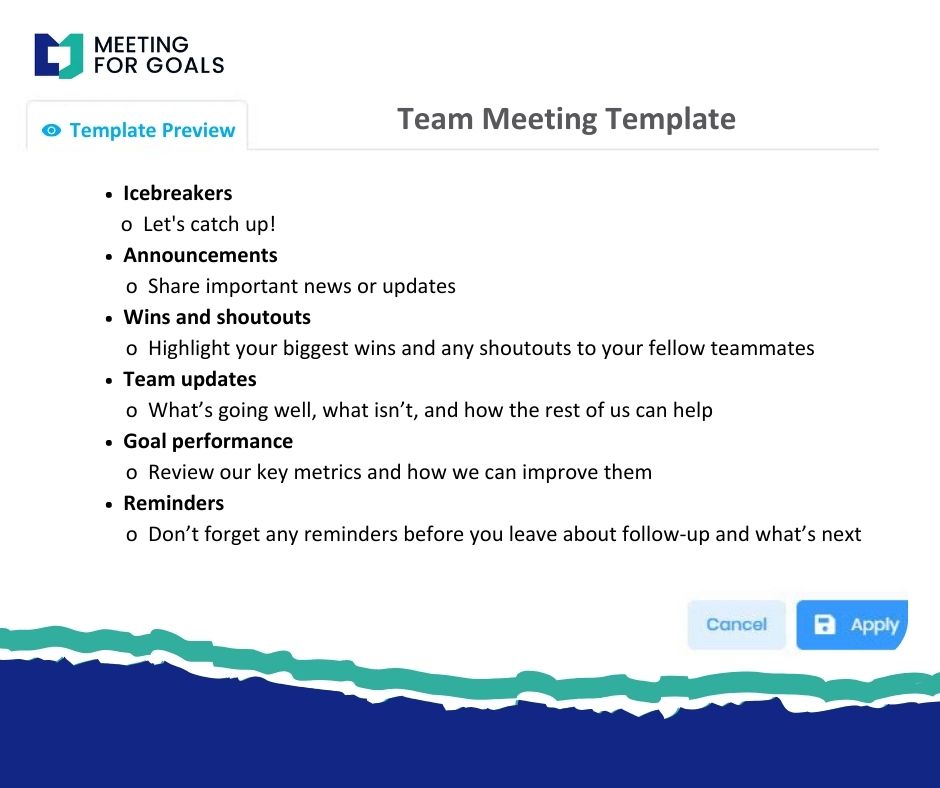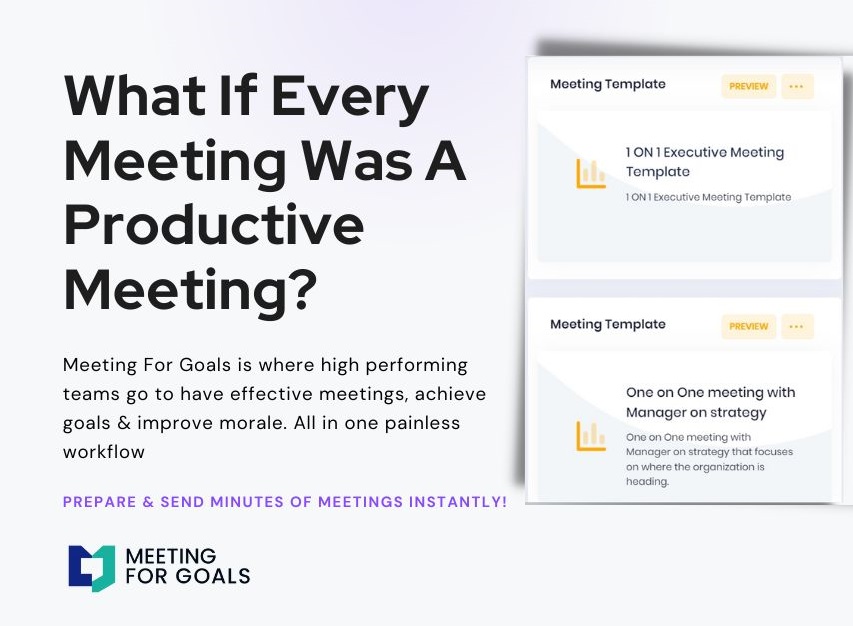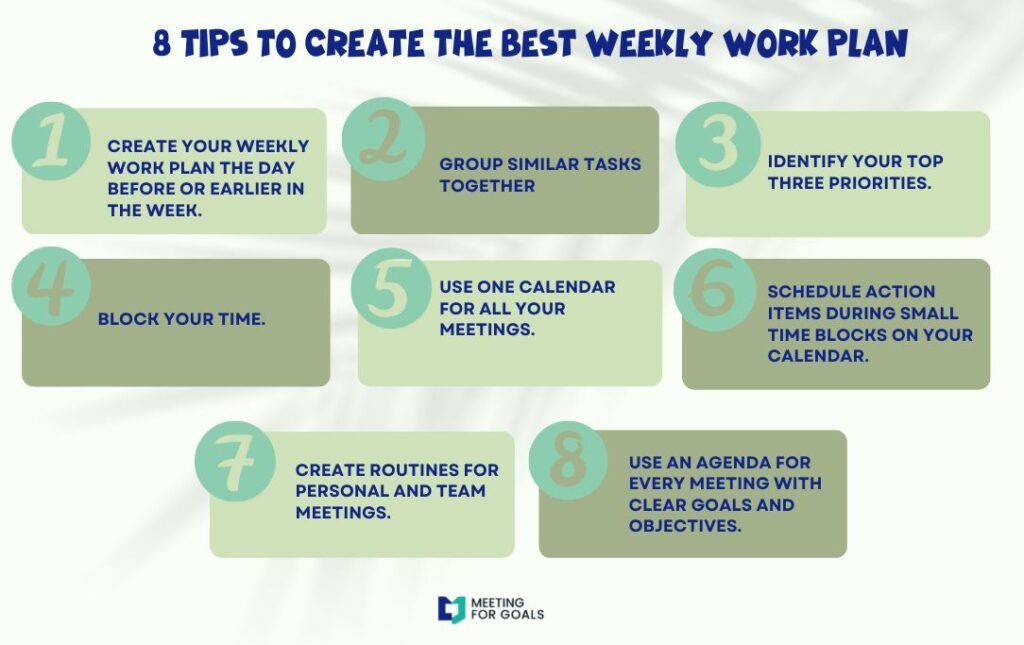Keywordnote Making and Note Taking for Meetings That Drive Goals
I. Introduction
In today’s fast-moving business world, time is precious. Meetings can either be a powerful tool for progress or a frustrating time sink. For teams trying to align around shared goals, the way you take notes during meetings can make a massive difference.
Traditional note-taking methods often fall short. They’re too detailed, hard to reference, and frequently buried in email threads or forgotten folders. That’s why many high-performing teams are turning to keywordnote making — a smarter, more focused way to capture what matters most.
At Meeting For Goals, we help teams run shorter, more productive meetings that actually move the needle. Our platform is built around the idea that meetings should drive action, not confusion. Keywordnote making is one of the most effective ways to make that happen.
In this article, we’ll break down what keywordnote making is, why it works, and how you can start using it today. Whether you’re a VP leading strategic sessions or a project manager coordinating cross-functional teams, this guide will help you take your meetings to the next level.
Want to start improving your meetings right away? Check out our free meeting templates at https://meetingforgoals.com/meeting_templates or sign up for Meeting For Goals today at https://app.meetingforgoals.com/TenantRegistration/Register.
2 Minute Video
Watch a 2 minute demo of our meeting management software in action
II. Understanding Keywordnote Making
What exactly is keywordnote making? It’s a note-taking technique that emphasizes capturing key ideas using strategic keywords and structured formats. Instead of writing everything down, you focus on what’s important — decisions, tasks, and takeaways.
A. What Is Keywordnote Making?
Keywordnote making is all about clarity and efficiency. You listen actively during a meeting and jot down keywords or short phrases that represent the core message. These keywords act like mental bookmarks. They help you recall the full conversation later without needing a transcript.
Think of it as the difference between highlighting a sentence in a book versus rewriting the entire chapter. You’re not losing information — you’re just making it easier to find and act on.
B. Why Keywords Work Better Than Paragraphs
- Better Memory and Recall: Studies in cognitive psychology show that keywords are easier to remember than full sentences. Our brains are wired to latch onto patterns, symbols, and short phrases. When you use keywords, you improve your ability to recall the conversation later.
- Time-Saving: Writing detailed notes during a fast-paced meeting is tough. With keywordnote making, you capture the essentials without falling behind. It’s faster, and you’ll still walk away with meaningful notes.
- Clearer Action Items: Long-winded notes can be confusing. Keywordnote making forces you to focus on what matters. You’ll end up with clear, concise notes that are easier to share, easier to understand, and easier to act on.
C. Traditional Notes vs Keywordnote Making
Traditional notes are often inconsistent. One person might write down everything, while another barely takes notes at all. This makes it hard to align as a team.
Keywordnote making introduces structure. Everyone uses the same format, focuses on the same types of insights, and walks away with a shared understanding. That consistency is powerful — especially when your team is working toward big goals.
Want to see how this works in real life? Visit https://meetingforgoals.com to learn how other teams are using Meeting For Goals to streamline their meetings and boost productivity.
Adding an Agenda
How to add an agenda instantly on Meeting For Goals
III. The Role of Effective Note Taking in Meetings
Note-taking isn’t just about documentation. It’s a tool for driving action. When done right, it can improve accountability, follow-through, and goal alignment.
A. Capturing What Matters
Meetings move fast. Ideas, decisions, and tasks can fly by in a matter of seconds. If you’re not capturing the right information, it’s easy for things to fall through the cracks.
With keywordnote making, you’re always focused on what’s important. You’re listening for action items, decisions, deadlines, and responsibilities — and capturing them in a way that’s easy to reference later.
B. Driving Accountability
One of the biggest benefits of keywordnote making is how it simplifies ownership. Instead of vague notes like “Discussed sales strategy,” you’ll see something like:
Sales Pitch Update → @Alex → Slides by May 20
This format makes it crystal clear who’s responsible and what the deadline is. No more confusion. No more dropped balls.
C. Aligning with Goals
When notes are structured and tied to your team’s goals, it’s much easier to track progress. You can quickly check which tasks are done, which are pending, and how everything connects to your larger objectives.
With Meeting For Goals, you can even link your notes directly to team or company goals. That way, every meeting becomes a step toward achieving what matters most.
IV. Strategies for Effective Keywordnote Making
If you’re new to keywordnote making, don’t worry. It’s easy to learn. Here are some proven strategies to help you and your team get started.
A. Spotting the Right Keywords
- Practice Active Listening: Stay engaged during the meeting. Listen for decisions, deadlines, and names. These are usually the most important pieces of information.
- Look for Repetition: If something comes up more than once, it’s probably important. Make sure it’s captured in your notes.
- Ask Clarifying Questions: If you’re unsure about something, ask. It’s better to clarify now than to guess later.
B. Use Symbols and Shorthand
Create your own system for fast note-taking. Here are a few ideas:
- → for actions
- @ for names
- # for topics
- ! for important items
- ? for open questions
Example:
#Marketing → @Jamie → Ad copy by 6/5
!Urgent → Budget approval needed
This format is quick to write and easy to read later.
C. Structure Your Notes
Choose a format that fits the meeting type:
- Outlines for strategic planning
- Bullet points for daily stand-ups
- Tables for tracking tasks and owners
Color coding can also help. Use red for urgent items, green for completed tasks, and blue for discussion points.
D. Use the Right Tools
You don’t need fancy tools to start keywordnote making — but the right software can make it a lot easier. Meeting For Goals is built specifically for this purpose. It lets you:
- Create structured agendas
- Take live notes with your team
- Assign tasks directly from notes
- Tag notes by project, team, or goal
- Search past notes instantly
These features help you turn every meeting into a productive, goal-driven session.
For more note-taking tips, check out this guide from Harvard Business Review on how to take better notes in meetings: https://hbr.org/2018/07/how-to-take-better-notes.
V. Integrating Keywordnote Making with Meeting For Goals Software
Keywordnote making is powerful on its own. But when paired with the right software, it becomes a game-changer.
A. Built-In Structure for Better Notes
Meeting For Goals provides built-in templates that guide your note-taking. Each agenda includes space for:
- Key discussion points
- Action items
- Decisions
- Notes linked to goals
This structure helps everyone stay on track and ensures that nothing gets missed.
B. Features That Make Keywordnote Making Easy
- Real-Time Collaboration: Multiple people can take notes at the same time. This ensures accuracy and captures different perspectives.
- One-Click Task Creation: Turn any note into a task with a click. Assign it to a team member, set a deadline, and link it to a goal.
- Search and Filter: Need to find a note from last month’s QBR? Just search by keyword, tag, or date. No more digging through folders.
- Goal Integration: Every note can be linked to a specific goal. This keeps your team aligned and focused on what matters most.
C. Real Results from Real Teams
One of our clients, a 60-person SaaS company, saw a 30% reduction in meeting time after switching to Meeting For Goals. Their Director of Operations told us:
“We no longer waste time figuring out who owns what. Our notes are clear, keyword-focused, and always tied to our goals.”
Another client, a VP at a growing marketing agency, shared:
“Keywordnote making has completely changed how we run leadership meetings. We leave each session with clear takeaways, and follow-up is automatic thanks to Meeting For Goals.”
Want to see similar results? Sign up now at https://app.meetingforgoals.com/TenantRegistration/Register.
VI. Conclusion
Meetings don’t have to be a waste of time. With the right note-taking strategy, they can become a powerful tool for execution and alignment.
Keywordnote making is simple, effective, and easy to adopt. It helps teams stay focused, capture what matters, and follow through on commitments. When paired with Meeting For Goals software, it becomes even more impactful.
If you’re serious about improving your meeting productivity, now’s the time to make the switch. Use our free meeting templates at https://meetingforgoals.com/meeting_templates or explore all the ways Meeting For Goals can help your team align and execute at https://meetingforgoals.com.
Ready to transform your meetings? Sign up today at https://app.meetingforgoals.com/TenantRegistration/Register and see how keywordnote making can help your team achieve more — one meeting at a time.
External Resources:



